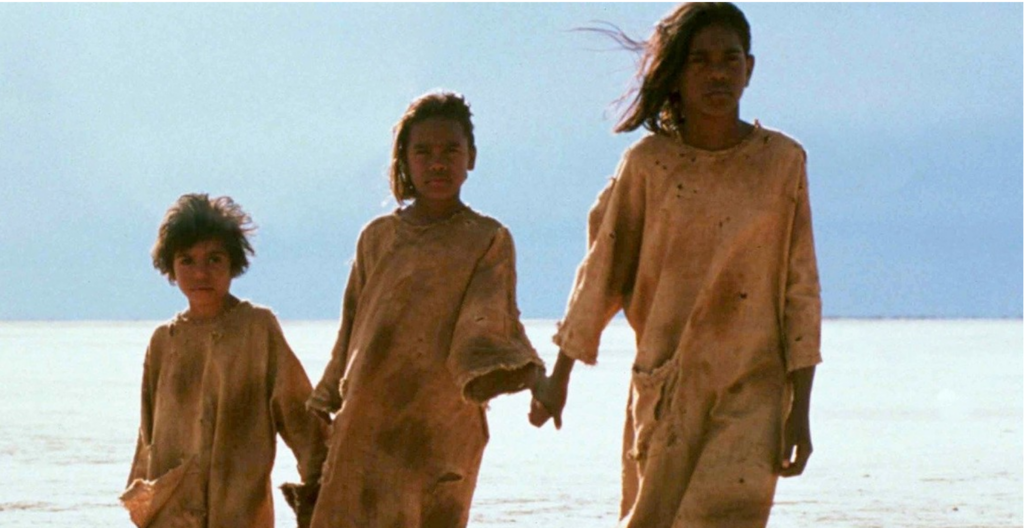
The Rabbit-Proof Fence is a phenomenal film and was surprised at how much I enjoyed it. To briefly review, the film is based on a true story about three girls named Molly, Daisy, and Gracie, who are indigenous children from a small village in Australia –Jingalong. The three girls are taken by government authorities and placed in a Catholic camp called Moore River. During the 1930s, Australia’s government had the authority to take all “half-caste” children and place them in conformity camps (half-caste children were kids who were half-white and half-indigenous). However, the girls escaped the camp by following the rabbit-proof fence, walking (I had to look this up) 1,500 miles. I found that all the characters in this film were important, however, I will mostly focus on Molly.
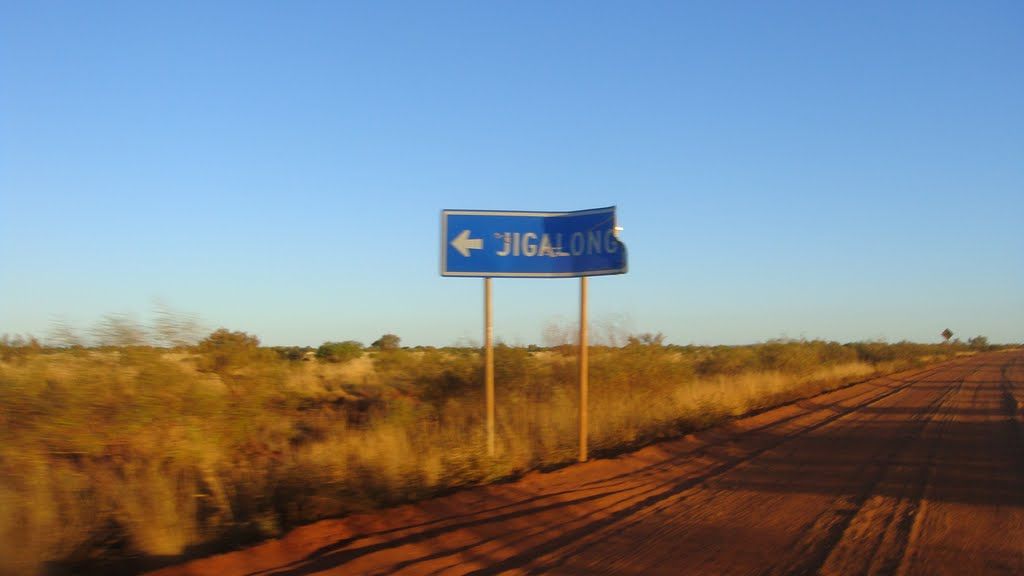
The beginning of the film gives insight into what life was like for Molly before she was abducted. Molly was happy, confident, free to run around, living in nature, and filled with older women to foster her spirituality. This environment helped her develop skills for having a deep understanding of her environment and survival tools. Examples of this were the ability to hunt, foresee the weather, and be cautious of people’s intentions. The skills she learned growing up in a hunting-gathering community gave her the skills to escape from the camp and return home. Molly could tell it was about to rain and knew it would be harder to track them down – she was right.
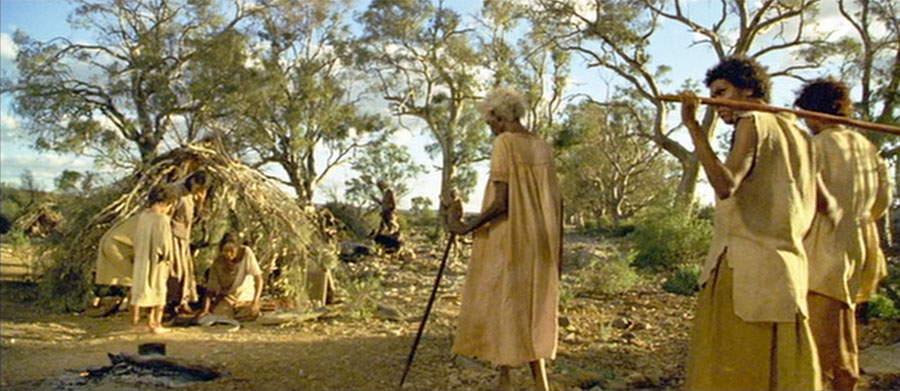
However, besides the knowledge she had regarding her environment, Molly had another important coping skill and that was spirituality. An important scene was when Molly’s mother pointed out a bird in the sky and explained that the bird would always watch over her. Molly, was I believe 14 (I had to google this) when she was taken from her mother, meaning that she had a chunk of time to truly be immersed in her culture, which included her community’s spiritual beliefs/customs. Towards the end of Molly’s journey home, she collapses in the middle of the desert. It appeared that she lost the strength to continue and was going to die, however, the same bird that was shown at the beginning of the film was flying above her at that moment. Molly miraculously awoke and saw the bird, which gave her the strength to continue. This experience could be seen as a pre/trans fallacy to some people; however, it could also be a sign of Molly being in stage 2 mythic-literal faith, according to Fowler’s faith stages. This stage is common in middle childhood; according to our text, “The child begins to take on stories, beliefs, and practices that symbolize belonging to his or her community. The ability to participate in concrete operational thinking allows distinction between fantasy and reality.”
After the abduction, Molly’s mother was surrounded by other women in her community. She was mourning the loss of her daughters, however, when she caught wind that the girls escaped there was a shift. She had faith, which is something everyone can have whether they’re religious or not. She started practicing what looked like spiritual ceremonies, prayers, and chants. Spirituality has been known to help people through difficult times, reducing symptoms of anxiety and depression. To me, it seemed like Molly’s mother relied on her spirituality to hold onto that glimmer of hope that her daughters would return to her, but just as important, she had a community supporting her. Watching this, made me realize that Molly learned that during hard times, you must rely on your faith and help your community members. Molly led her sister and cousin through the journey, encouraging them, and giving them hope, just as the ladies did for her mother back at home.
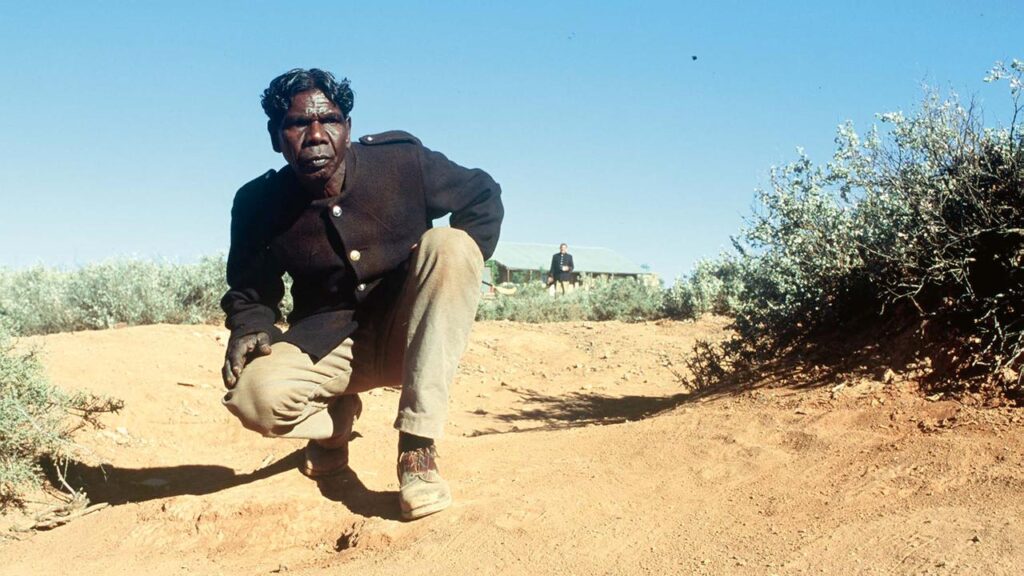
“The Tracker” as the girls called him, was an interesting character in the film. Like Molly, he was skilled at navigating his environment and tracking runaways. He understood the longing that Molly had to go home and knew she would try her absolute hardest to get there. He was stuck between two worlds – conforming to the rules of the government catholic camp (where his daughter was attending) and wanting to be home. As a future social worker who plans to work in Alaska, I found this to be eye-opening. When working with indigenous peoples, it’s important to understand how detrimental it has been for communities that have been stripped of their homes and spirituality due to colonialism. I saw a man who was conforming to stay close to his daughter, but someone who was deeply hurt that he was stripped of his freedom to be home and practice his way of living. This is happening in real-time – communities are still suffering from colonialism and reaping the effects of generational trauma. As future social workers, how can we help?
Mr. Devil is a symbol of colonialism, ethnocentrism, and racism. This was a man of great power, who firmly believed that first, there was such a thing as a dominant race. And second, that “half-caste” children needed to conform and be saved from their way of living. He believed, like many people still do, that his religion and worldview were the only way. This left me thinking, in what ways is that still occurring? At the end of the film, he said something along the lines of, “I wish they knew I just want to help.” This ties into Revolutionary Social Work and highlights how important it is to reflect on our practices – are we actually helping or causing damage? Are there times you thought you were helping but were hindering growth? Or were there times you believed something to be certain until you deeply reflected there were other ways of doing something? Again, Mr. Devil thought he was helping, but look at the deep trauma that continues to live on from those practices.
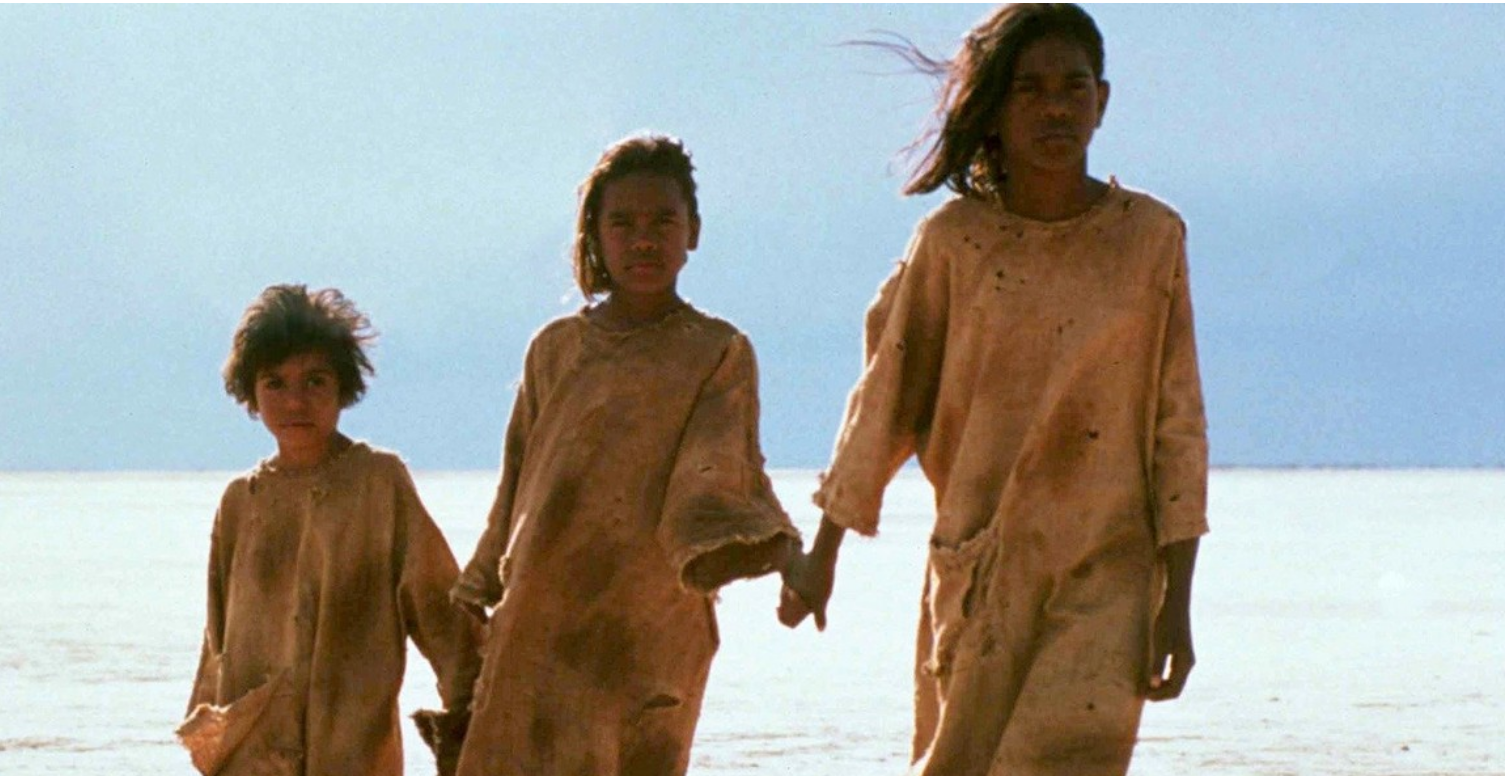
Comments
6 responses to “The Journey Back to Jingalong”
Hi Alexa, I like your analysis of “Rabbit-Proof Fence” that dives deep into the themes of resilience, spirituality, colonialism, and the ongoing impacts of historical trauma on indigenous communities. It’s apparent how the film resonated with you on multiple levels, from the characters’ struggles to the broader societal issues it addresses. I liked your insights into Molly’s journey, her connection to her spirituality, and the support of her community highlight the importance of cultural resilience in the face of misfortune. The symbolism of the bird guiding Molly through her darkest moments is particularly poignant, reflecting both her cultural beliefs and her inner strength.
Hi Rodric,
Thanks for taking the time to read my blog! There were a lot of powerful scenes in the movie, it was difficult to pick which areas to focus on. I thought it was amazing that they were able to live with their mother and find hiding. However, my heart broke to hear that the real-life Molly lost one of her daughters to the camps and never saw her again. As a mother, I can’t imagine the agony she faced.
Great post. What a tale of strength and triumph, though for certain, it wasn’t without it’s scars, some of which could never heal. The broken family, missing sisters, even her own daughter later on, the loss sustained by these people staggers the mind. It’s absolutely terrible how often these types of policies were instituted. And like you stated, Auber Octavius Neville was fully believed that this was for the best. He truly believed that their traditional ideals and religions were something antiquated and barbaric. Therefore, it was his job to force them into the new era of enlightenment. Food for thought. How often do we (and I mean social workers), do the same?
Hi Gerald,
I agree, it was a tale of strength and triumph – nicely said! The story reminded me a lot of the history in the US regarding boarding schools for Native Americans. It wasn’t that long ago that social workers were helping take Native American children from their families; like Auber Octavius Neville, they thought they were helping.
Great question. I don’t know the answer, but I would assume a lot more than we think! I think the question could be applied to other areas, especially parenting. I know my parents did a lot of things they thought were “right” that ended up not being the best parenting solutions. I guess revolutionary thinking could be beneficial for all areas of life! Thank you for leaving a thought-provoking comment!
Wow! I could not take my eyes off the screen. The scars are not there physically but you can see that there are scars. Some of the scars haven’t healed yet. I love the symbolism of the bird. Birds are messengers and it shows in this blog.
Hi Sierra,
Right! I was the same way; such a powerful film and story. There’s a book as well, which was written by Molly’s daughter, who also escaped from the same camp.